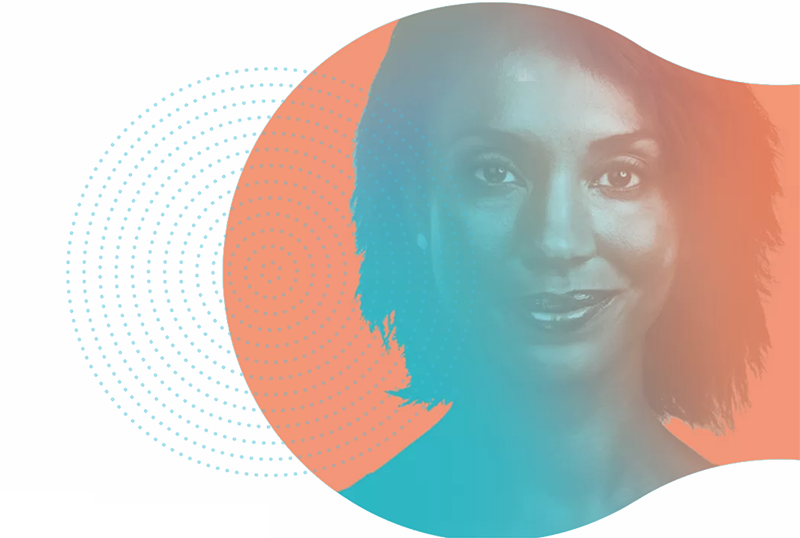Genetics influence my breast cancer risk?
Just the thought of basic genetics can incite a range of emotions from enthusiasm to anxiety. Genetics is the blueprint to our physical features and why we develop certain diseases. Even though scientists have made some amazing discoveries over the past century, we are just at the tip of the iceberg! There are some diseases that result from a single genetic change (or mutation), but the majority of diseases are much more complex and cannot be associated with a single genetic change. Polygenic means many genes are involved in a trait, or in this blog post specifically, breast cancer. This is why polygenic risk is so exciting! We are at the beginning of understanding how many seemingly inconsequential genetic markers actually add up to give us some insight to disease risk.
How does breast cancer "happen?" Let's talk about breast cancer development from a bird’s-eye view. There are two major things that happen:
- A group of cells in your body start to get "out-of-whack." These are cells that have forgotten what their role in the body is, and they have "gone rogue"--they are the cancer cells.
- Your body lets the rogue cells go and can no longer control them.
Human bodies are really smart. They typically don't just "let" cells get out of control, but, for simplicity's sake, this is what happens when all is said and done. There are lots of analogies for how this process can happen, but one of the most traditional analogies in the cancer biology field uses a seed for #1 and soil for #2.
The Seed.
Have you ever planted something, or even bought a plant and tried to keep it alive? Whether or not you have a green thumb, you are probably aware that you can't just plant a seed and expect it to grow on its own (or even just with water). Think of a cancer cell as the seed. It may be able to grow a bit on it' own, but typically it needs a conducive environment to grow in.
The Soil.
Soil is probably an understatement for a conducive environment. Light, water, temperature, fertilizer, and drainage all play a role in the soil's ability to promote the growth of a seed...and ultimately to support the life of a mature plant. Similarly, the body can actually get tricked into helping a rogue cell grow. A willing participant or not, the body eventually starts to support the growth of the cancer.

Think of your body as the basic "soil" for a "seed" to grow in. It typically can control the type of seeds that are allowed to grow, but sometimes a cancer cell can avoid detection. If it can trick the soil into supporting its growth, it can form into a tumor, like breast cancer. But there are other factors that can modify the soil--like water and sun...
Now, to bring genetics back into the conversation…traditional genetic testing that you may be familiar with, like for a BRCA1 mutation, is focused on the potential for the "seed" to grow. But genetic testing that looks at polygenic risk focuses more on the "soil." The thought is, that the initial soil can be more capable of supporting certain types of diseases based on the polygenic risk signature.
Remember, there are lots of breast cancer risk factors that contribute to the development of the disease. But consider this, your genetics define the basic "seed" and "soil" like a blueprint. Breast cancer may or may not develop from the original "seed." A lot of this depends on the "soil," but also all the other environmental and lifestyle risk factors that will influence the way the soil (a.k.a. - your body) can support the seed (a.k.a. - a breast cancer cell).
As always, breast cancer awareness starts with you. You know your body best, and some risk factors are within your control. Others, like your genetics and family history are not in your control, but it doesn't hurt to understand them.


